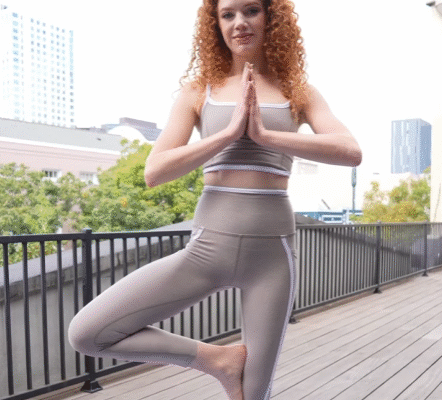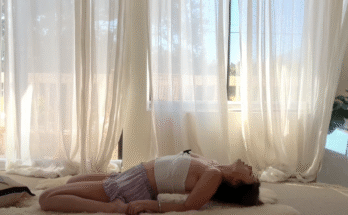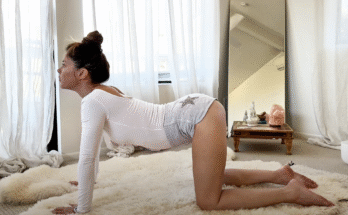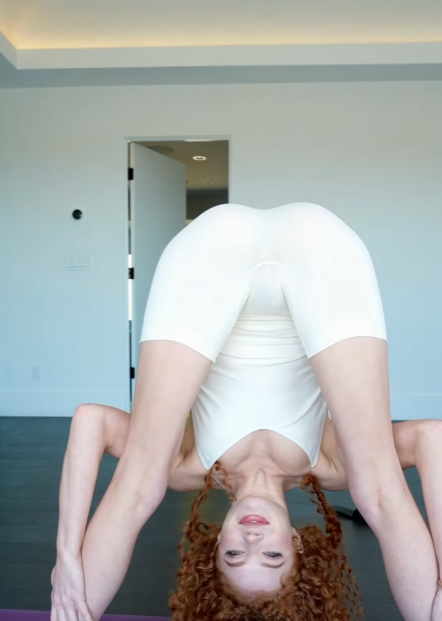
There is a certain comfort in knowing that no matter how busy or chaotic life gets, there is always a moment I can return to—a moment where I feel grounded, present, and connected to myself. That moment often comes in the shape of a pose. Over the years, I have practiced yoga in different spaces, sometimes in noisy living rooms with children running around, sometimes in serene studios filled with the scent of incense, and sometimes outdoors with the sound of birds replacing background music. Through all of those experiences, one pose has become my favorite, a constant companion on my journey of self-care and mindfulness.
The Discovery of the Pose
When I first began practicing yoga, I was focused on the “big” poses: handstands, backbends, or anything that looked impressive. I wanted to prove that I was strong, flexible, and capable. Yet, as time passed, I realized that the heart of yoga is not about impressing anyone—it is about finding balance, connection, and stillness. That is when I stumbled upon a pose that didn’t look spectacular from the outside, but felt transformative on the inside.
The pose I’m speaking about is Child’s Pose (Balasana). To many, it may seem simple: kneeling on the floor, folding forward, stretching the arms out, and resting the forehead down. But to me, it became more than a stretch—it became a safe place, a reminder that it is okay to slow down, surrender, and breathe.
What Makes It Special
Child’s Pose has a way of making me feel small yet powerful at the same time. When I fold my body forward, it feels like I am bowing to life, humbling myself, and letting go of control. It is a position of surrender, but in that surrender, I find strength. My breath deepens, my back lengthens, and my mind quiets.
Physically, the pose gently opens my hips and stretches my spine. It relieves tension in my shoulders after long hours of sitting at a desk. Emotionally, it is grounding; it feels like I am curling into myself and listening to my inner world, something I often forget to do in daily life. Spiritually, it reminds me that sometimes progress comes not from pushing harder, but from yielding.
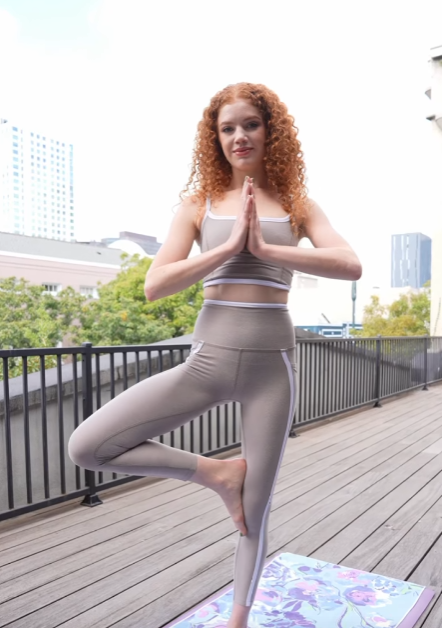
A Moment of Refuge
There have been days when my energy felt drained, when my body resisted movement, or when my mind was clouded with stress. On those days, I didn’t need a full yoga sequence. All I needed was to kneel down, fold forward, and breathe in Child’s Pose. It became my refuge.
I remember one particular evening after a long and emotionally draining day. I rolled out my mat but couldn’t bring myself to flow through a sequence. Instead, I slipped straight into Child’s Pose. At first, my body resisted; my back felt tight, and my breath was shallow. But after a few moments, something shifted. My exhale grew longer, my shoulders melted, and tears rolled quietly onto the mat. The pose had given me permission to release everything I had been holding inside.
The Symbolism of the Pose
Child’s Pose also carries a deeper symbolism for me. It feels like a return to innocence, a reminder of childhood safety and trust. When I rest my forehead against the ground, I am reminded of bowing to the earth, acknowledging that I am part of something larger than myself. It is humbling and comforting all at once.
It also symbolizes rest. In a society that constantly tells us to go faster, achieve more, and push harder, Child’s Pose whispers the opposite: “Rest is powerful. Rest is productive. Rest is healing.” That reminder alone has transformed how I view not just yoga, but life itself.
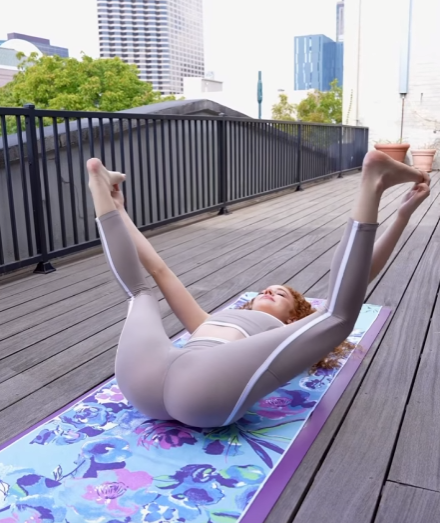
How It Supports My Practice
Even when I’m practicing more vigorous sequences filled with planks, lunges, and balances, I often return to Child’s Pose between transitions. It is a pose that asks nothing of me except presence. It is like a gentle checkpoint in the middle of a journey, a chance to pause and reflect before moving forward.
Whenever I guide others in yoga, I remind them that Child’s Pose is always available. There is no shame in resting, no failure in stepping back. In fact, knowing when to rest is a sign of strength. For me, the more I embrace this idea, the stronger my practice—and my daily life—becomes.
Extending the Practice Beyond the Mat
What I love most about this pose is that its lesson goes far beyond the yoga mat. Life often feels like a continuous flow of challenges and responsibilities. We wake up, rush through routines, work tirelessly, care for others, and try to meet endless expectations. But just as Child’s Pose exists in yoga, there are moments of “Child’s Pose” in daily life—moments when we can pause, bow our heads, and simply breathe.
For me, it might mean sitting quietly with a cup of tea, turning off my phone for an hour, or lying down and listening to music. These are everyday “poses of surrender” that keep me balanced. Yoga has taught me to seek those pauses and honor them rather than feel guilty for taking them.
Comparing It to Other Poses
There are many poses I enjoy: the strength of Warrior II, the openness of Camel Pose, the balance of Tree Pose. Each has its own gift. But none give me the same deep, nurturing comfort that Child’s Pose provides. Other poses often feel like challenges—places where I test my limits, build strength, or find stability. Child’s Pose, on the other hand, feels like home.
It is not about striving or achieving. It is about allowing. That difference makes it my favorite.
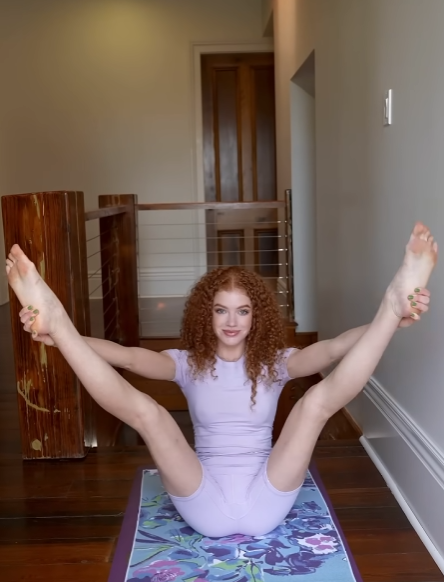
Gratitude for Simplicity
Sometimes, we overlook simple things because they seem too ordinary. We crave excitement, challenge, or beauty. But Child’s Pose has taught me the beauty of simplicity. Something as basic as kneeling down and resting can be profoundly healing. I no longer underestimate the quiet, gentle practices that restore me.
Conclusion: Returning Home
Whenever someone asks me, “What’s your favorite yoga pose?” I smile and answer, “Child’s Pose.” It surprises them sometimes, especially if they expect me to say something dramatic like Headstand or Crow Pose. But for me, it’s not about how the pose looks; it’s about how it makes me feel.
Child’s Pose is more than a physical stretch—it is a reminder that stillness is valuable, surrender is healing, and rest is strength. It is a home I can return to anytime, anywhere, whether on a yoga mat or in life itself.
And so, one of my favorite poses will always be the one that teaches me to bow, to breathe, and to simply be.
